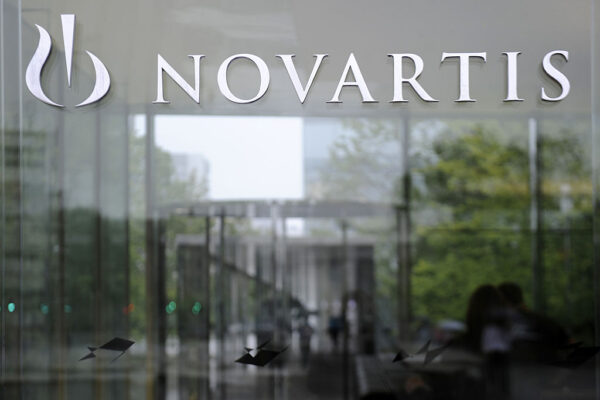
Parkinson’s disease is associated with the buildup of a particular brain protein that currently has no approved therapies addressing it. Novartis was among the companies pursuing this target, but its partnered program failed in the clinic. The pharmaceutical giant is now trying again, this time securing rights to a preclinical RNA therapy from Arrowhead Pharmaceuticals.
Per deal terms announced Tuesday, Novartis gains an exclusive global license to develop and commercialize the Arrowhead therapy, ARO-SNCA. When the deal closes, Arrowhead will receive a $200 million upfront payment from Novartis.
Arrowhead specializes in therapies that leverage a cellular mechanism called RNA interference (RNAi). Using small interfering RNAs (siRNAs), its therapies trigger this interference mechanism to inhibit expression of a gene, knocking down the production of a disease-causing protein. While Arrowhead does not yet have any approved siRNA therapies, its research has led to partnerships with GSK, Amgen, Takeda Pharmaceutical, and Sarepta Therapeutics.
The target of ARO-SNCA is alpha synuclein. In Parkinson’s, misfolded versions of this protein build up in the brain, contributing to progression of the disease. To date, Arrowhead hasn’t said much publicly about ARO-SNCA. In Tuesday’s announcement, Arrowhead President and CEO Christopher Anzalone said the therapy, which came from its Targeted RNAi Molecule (TRiM) platform technology, has preclinical results demonstrating delivery to the central nervous system, including deep into the brain.
Novartis sees enough potential in the Parkinson’s therapy to strike a deal. The agreement leaves Arrowhead responsible for the preclinical work to support a clinical trial application. After that, Novartis will take over development of the asset and potential commercialization. The collaboration could extend to other diseases driven by aggregation of alpha synuclein. Novartis may also select other targets to pursue, as long as they are outside of Arrowhead’s current pipeline. Arrowhead could receive up to $2 billion in milestone payments. If drugs from the alliance reach the market, the biotech would receive royalties from sales.
“We believe that one way to effectively target core drivers in Parkinson’s and other neurodegenerative diseases requires completely novel approaches to deliver RNA medicines to the brain,” Fiona Marshall, president of biomedical research at Novartis, said in a prepared statement. “We see Arrowhead’s TRiM technology as having great potential to achieve the type of widespread and effective delivery in key brain structures that will be necessary to see the full benefit of RNA medicines in neurodegeneration.”
Novartis first tried drugging alpha synuclein through a partnership with UCB that started in 2021. The alliance spanned two small molecule inhibitors of the problem protein. Last December, UCB reported that one of those molecules failed to achieve primary or secondary goals of a mid-stage clinical trial. The Novartis pipeline no longer lists these molecules.
It’s not Novartis’s first time striking an RNAi deal based on preclinical data. In 2023, Novartis paid $500 million up front to acquire DTx Pharma, a startup whose lead program was being readied for Phase 1 testing in Charcot-Marie-Tooth disease, a rare neuromuscular disorder. At the time of the deal, a Novartis executive told MedCity News that beyond DTx’s lead asset, the pharma giant was attracted to the startup’s platform technology.
Novartis’s first experience with RNA interference was also through a business deal. The cholesterol-lowering drug inclisiran, brand name Leqvio, came from Novartis’s $9.7 billion acquisition of The Medicines Company in 2019. Leqvio won FDA approval in 2021; the drug accounted for $754 million in revenue in 2024, a 112% increase compared to the prior year.
Novartis’s agreement with Arrowhead is expected to close by the end of this year. Companies that have already reached clinical development with alpha synuclein-targeting drugs include Sanofi, AC Immune, and Ionis Pharmaceuticals.
Photo: Adrian Moser/Bloomberg, via Getty Images










